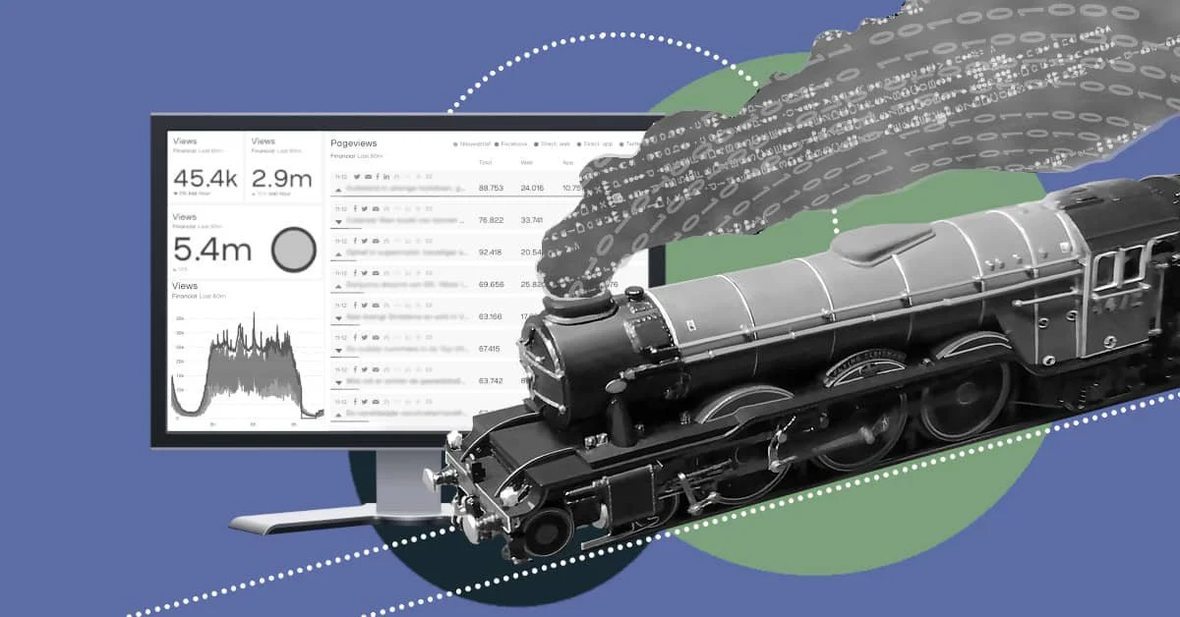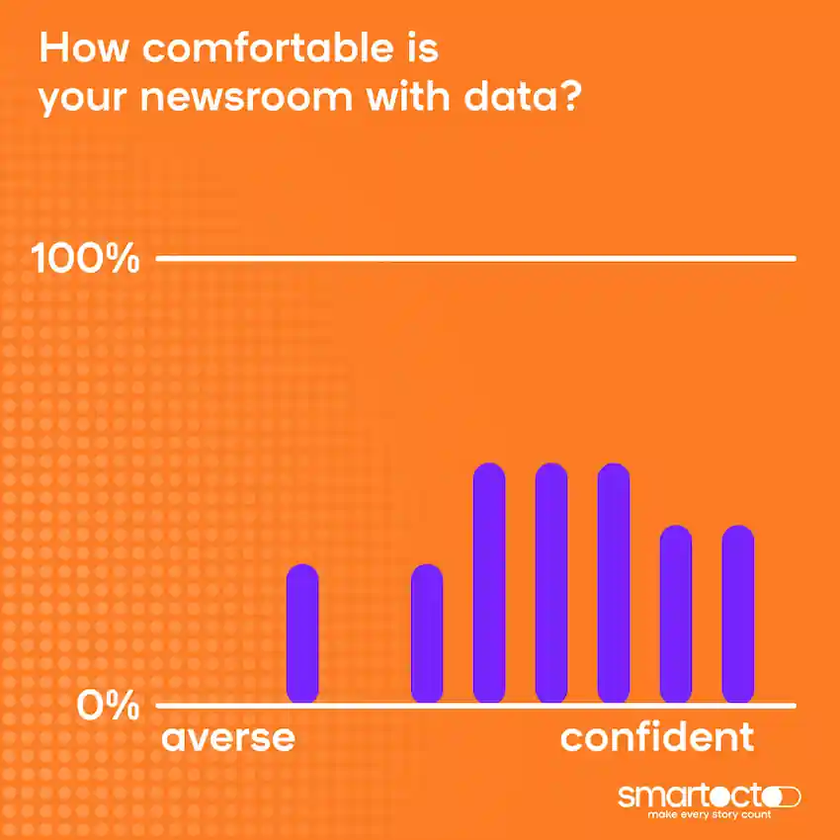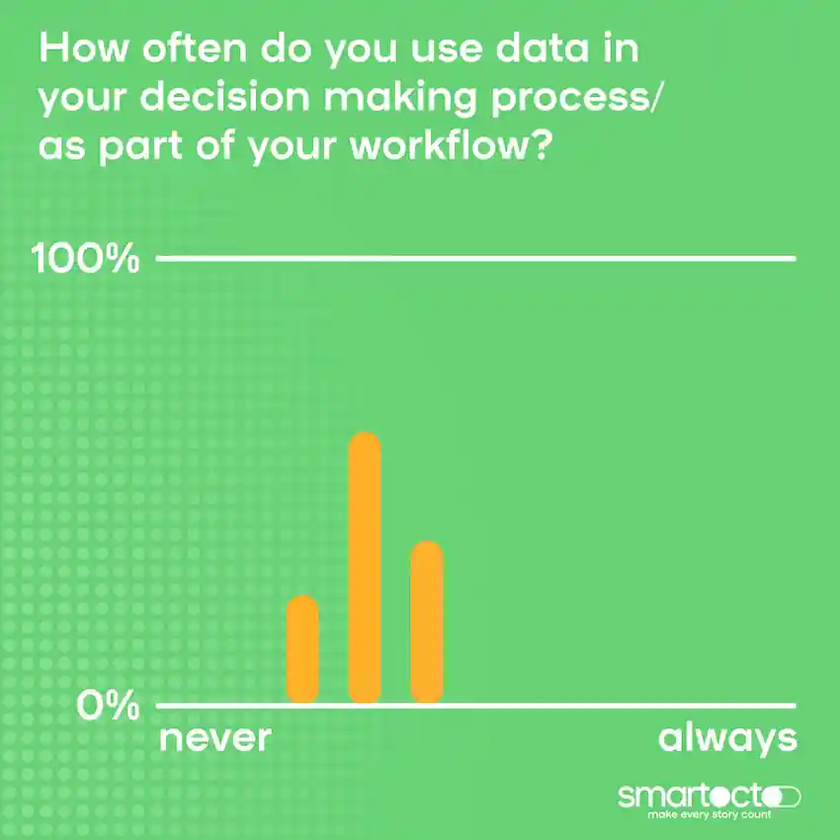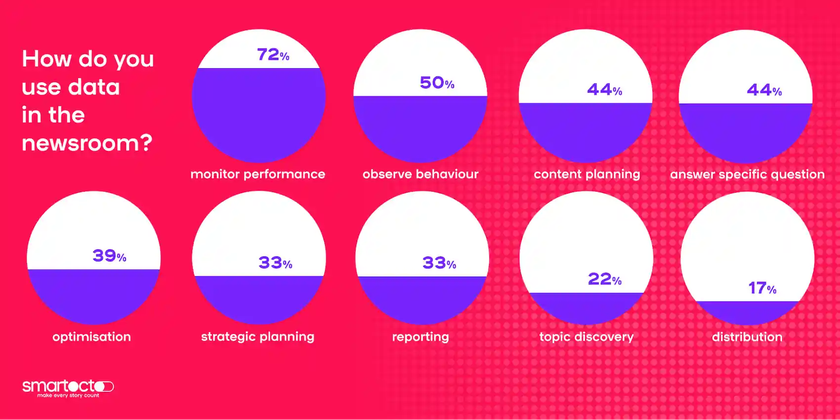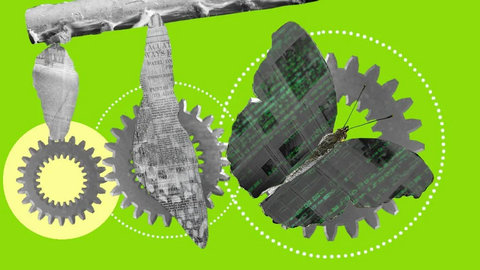The problem with both of these approaches is that data isn’t omnipotent. It’s not binary. The way newsrooms should integrate data is as complex as the data sets themselves, which may be why many newsrooms don’t quite get to see the potential - and ease - data can offer.
What we’ve seen is the result of newsrooms being expected to incorporate data without support for how that can best be done.
There’s a need to start viewing how the newsroom uses data the other way around: how can data best serve the newsroom? The missing factor so far has been this: consultation.
· · · · · · · · · · · · · · · · · · · · · · · · · · ·
A metaphor to help understand the problems of incorporating data into newsrooms
Think about other things which are an intrinsic part of the newsroom. Desks, or coffee machines, or Slack. All of these things are essential to how we work, but they’re so ingrained that actually we don’t tend to think much about them.
But consider this for a moment: they’re indispensable only when they inhabit a form which fits.
There’s probably a coffee machine in your newsroom.
If it serves crappy coffee, you’ll endure it. Maybe. But it’s more probable you’ll come in clutching a cup of something from that coffee place across the street.
If it requires a three month training course to understand how to use it, and ten minutes to make a coffee, you might use it. But time’s tight in the bullpen. That place across the road still looks pretty good.
But, if it’s easy to use and serves a decent brew, chances are you’ll be happy to wander to the other end of the office, press the single button and be back at your desk to check the latest Slack notifications before you can even finish spelling your name for the barista over the road.
But make no mistake: it’s not the coffee machine that’s the end game here. No, no, no. The machine is the delivery system. It’s the hot caffeinated beverage that’s the point. The best delivery systems are as much about understanding the environment in which they’re to be placed, as they are the functionality of that device.
Ultimately, you see, most of us don’t give a shit about the machine. We just want the coffee.
That’s where we’re at with data analytics tools. We need data delivered to us in the best, most efficient way possible, and to do this we need to get back to why it’s needed in the first place.
· · · · · · · · · · · · · · · · · · · · · · · · · · · ·
